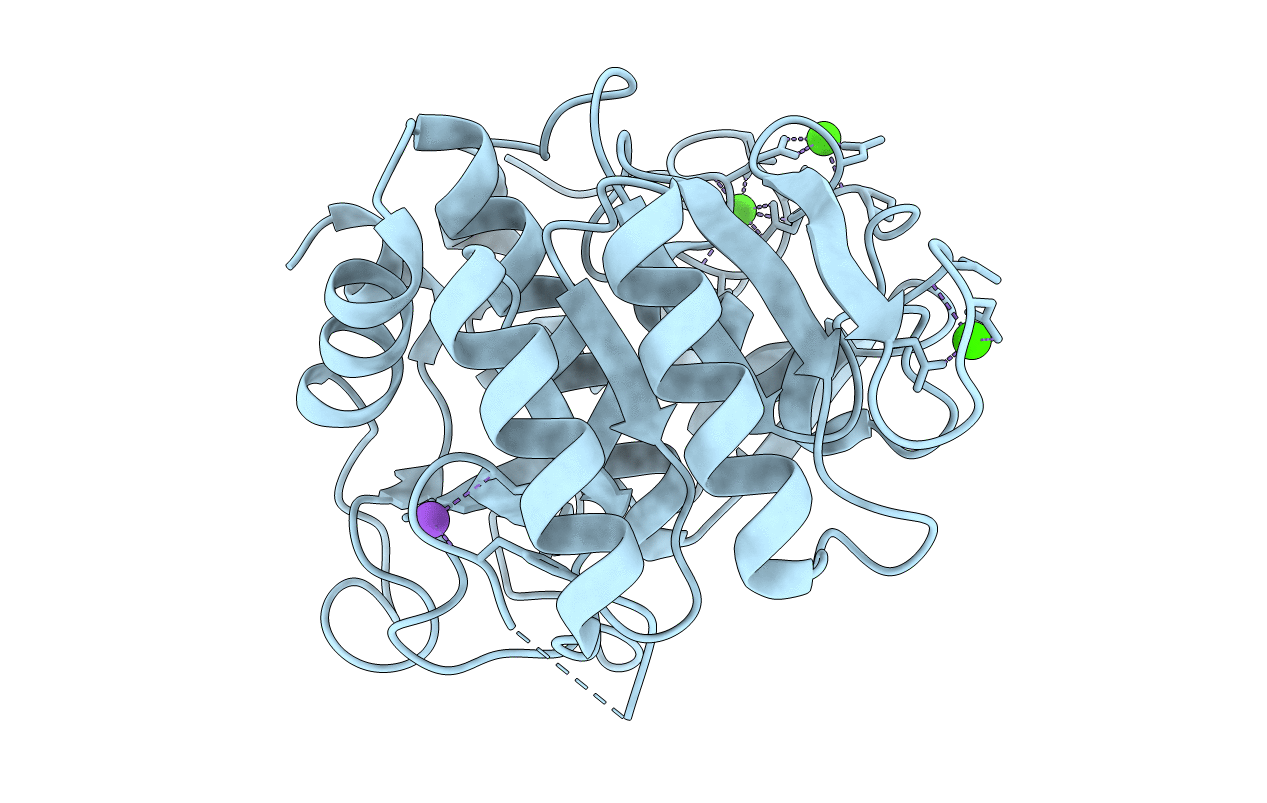
Deposition Date
1999-11-02
Release Date
1999-11-18
Last Version Date
2024-10-30
Method Details:
Experimental Method:
Resolution:
1.80 Å
R-Value Free:
0.24
R-Value Work:
0.18
Space Group:
P 1 21 1


